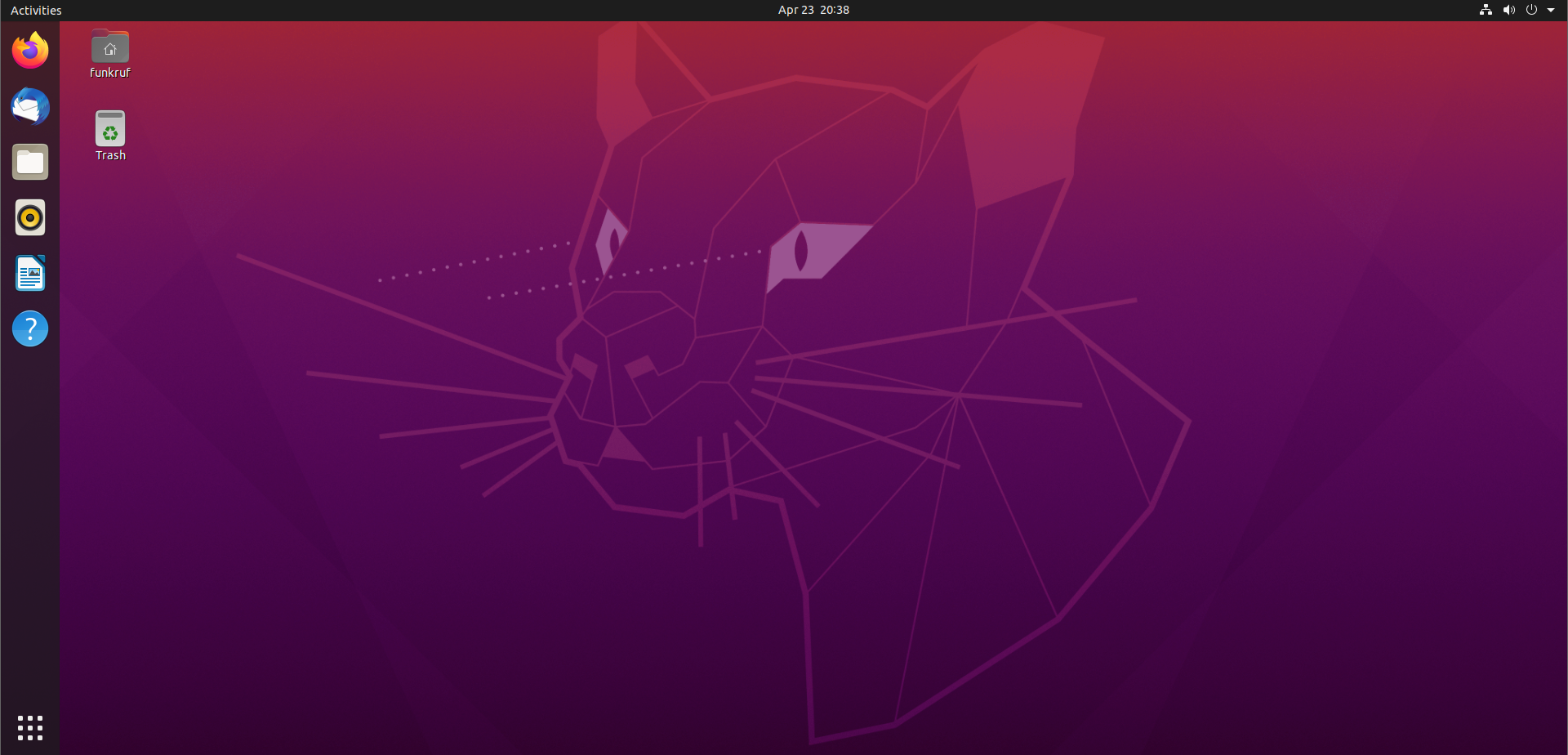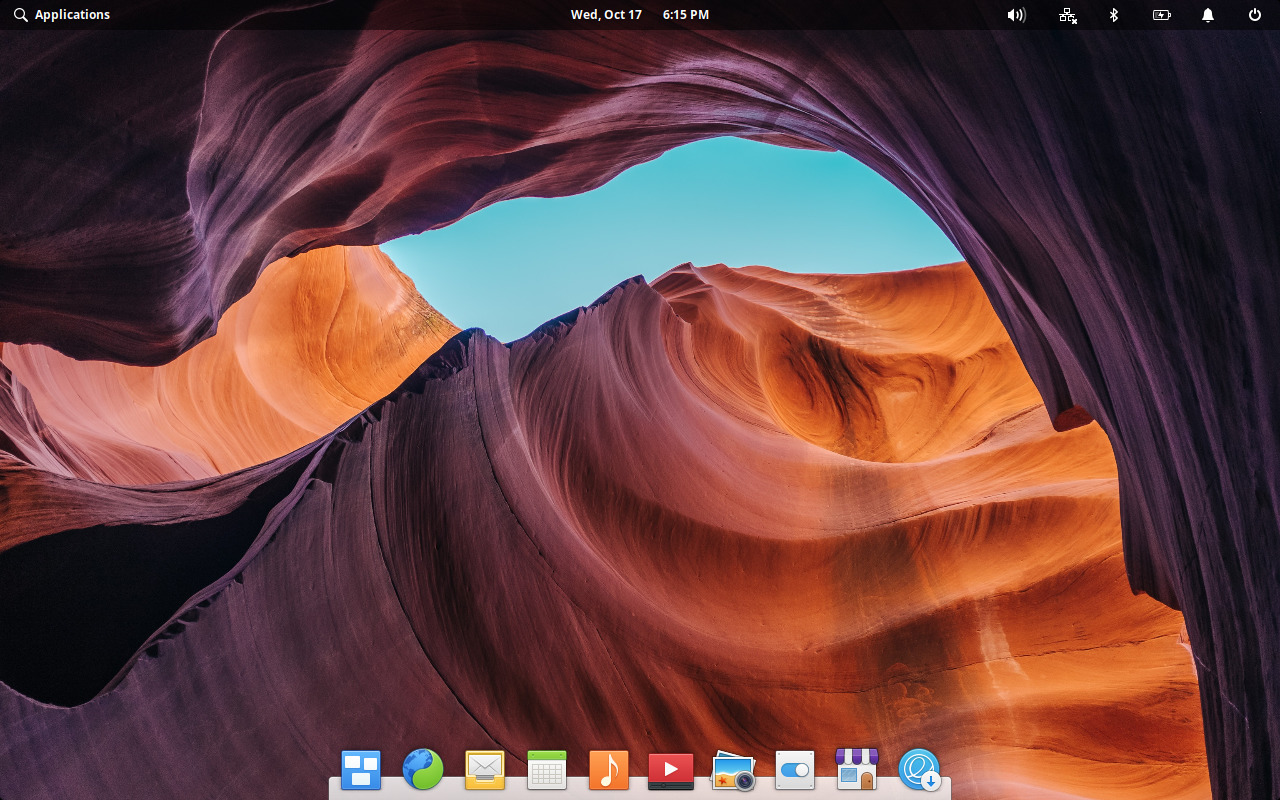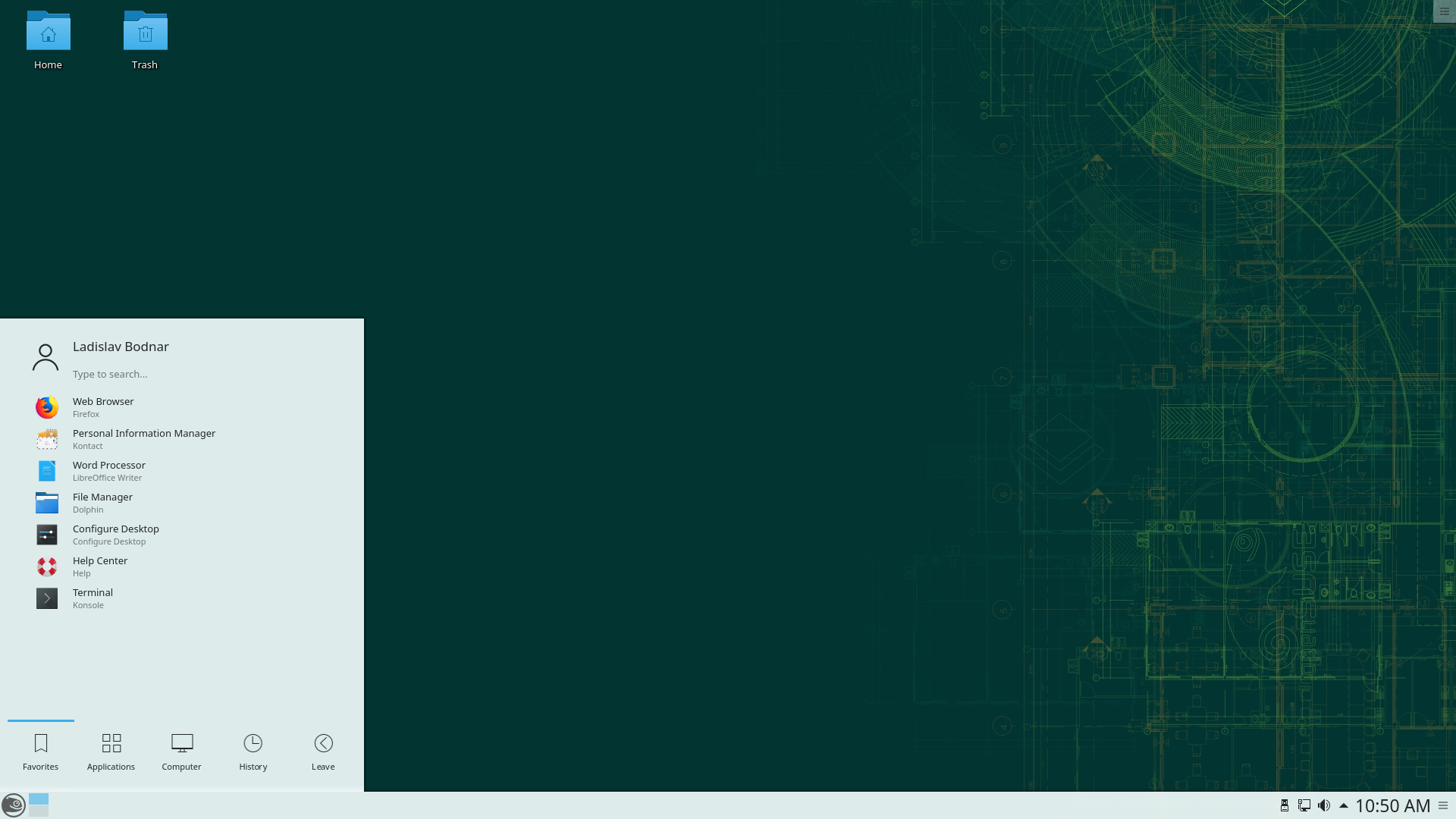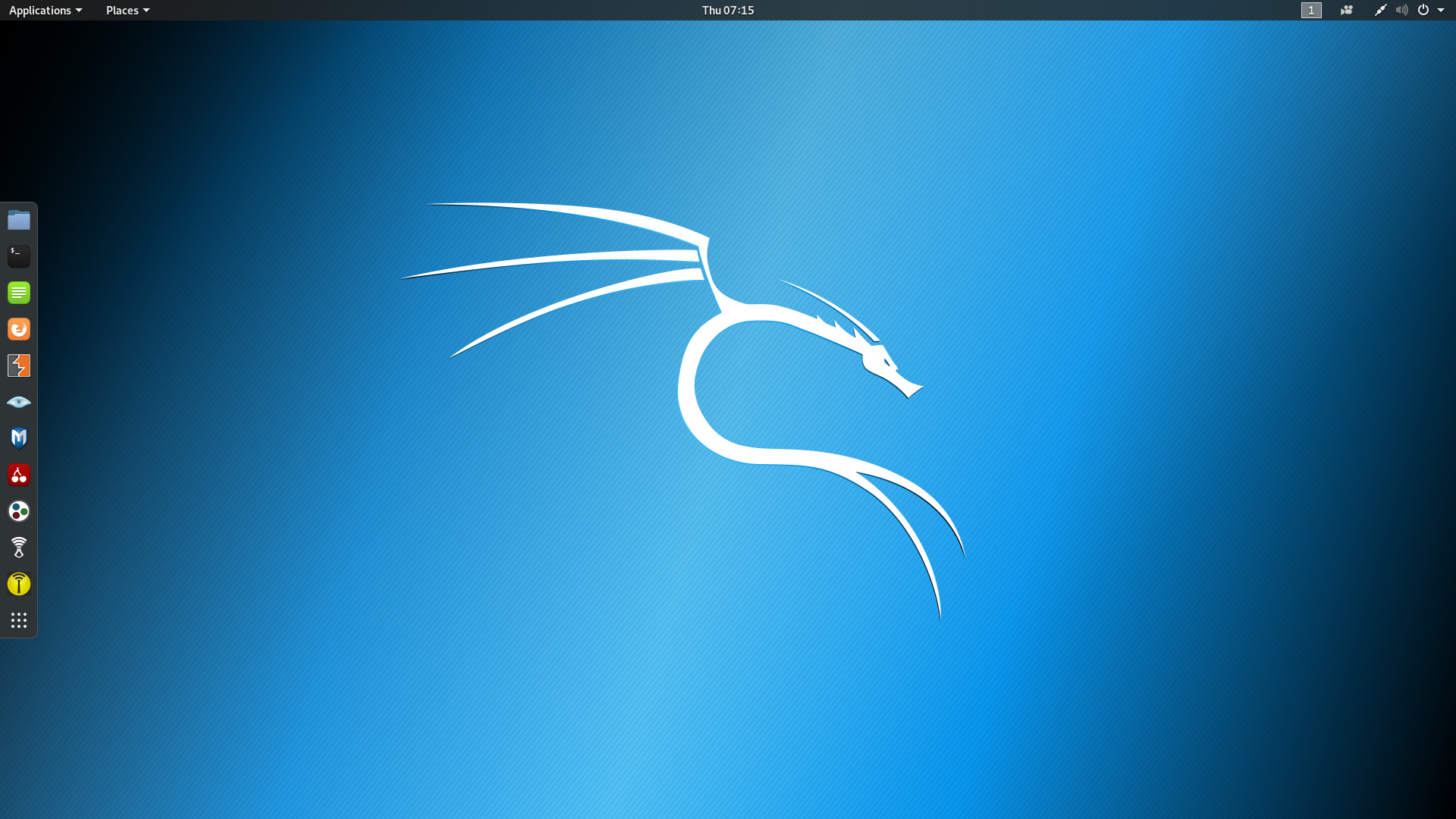Top 7 Linux distribution for beginners and advanced users
Linux is traditionally associated as being an operating system for coders and programmers, but over the years there have been real attempts to make Linux more attractive to general consumers. This is not least due to general consumer dissatisfaction with Windows security issues or even Apple's highly-priced macOS based Systems but people now really sees the power of Linux as its open-source Project due which it is highly customizable and transparent with it a problem and a really strong community behind it
However, Linux comes in many different forms, known as 'flavours' or 'distributions'. This is simply because Linux is so incredibly configurable that different forms tend to be developed for different userbase needs or interests.No worries, even though there are thousands of distributions around, in this article, I have compiled a list of the best Linux distribution available right now for both new users getting into the Linux Os or for developers and programmers who are looking for a perfect Linux Os.
Different Linux distribution can all work with Linux software and applications, and of course, any cloud-based apps that run through a browser. However, Linux distribution comes with a variety of different ranges of bundled software. Some might come with a lot of basic applications already pre-installed, while others will have the barest minimum.
1.Ubuntu

Ubuntu is the most popular and commonly used Linux distribution for all king of purposes student, developers any type of user can use. Over the years, thanks to the support provided by Canonical and open source community, Ubuntu has grown to become one of the highlights of the Linux desktop scenario. The user interface is easy to get comfortable with. If you play around, you can easily customize the look of it as per your requirements. In either case, you can opt to install a theme as well. In addition to what it offers, you will find a huge online community of Ubuntu users. So, if you face an issue – head to any of the forums (or a subreddit) to ask for help.
2.Debian

Debian is one of the longest standing Linux distribution, which first released back in 1996. Since then, it has served as the framework for many other distribution — namely Ubuntu and Mint — which have subsequently gone on to inspire and inform numerous other distribution, making Debian something of a “grandparent” of today’s distribution development feature that most distinguishes. Debian from other Linux distributions is its package management system. These tools give the administrator of a Debian system complete control over the packages installed on that system, including the ability to install a single package or automatically update the entire operating system.this is the reason it called a developer’s friendly operating system
It’s highly recommended for advanced programmers and system administrators.
3.Fedora
_with_default_desktop_and_applications.png)
Fedora is a community-driven project that delivers the most cutting edge operating system in several editions aiming for particular use cases. The best thing about Fedora is its primary sponsor, Red Hat Inc., which is a well-known company among the Linux ecosystem.
The Fedora Operating System is called a bleeding-edge Linux distribution because it is always rolling out with the latest software, driver updates, and Linux features. This contributes to the reason why you can confidently use Fedora as soon as the installation is complete – it ships with the latest stable kernel along with all its benefits.
4.Elementary OS

Elementary OS is one of the most beautiful Linux distribution you will ever use. The UI resembles that of Mac OS – so if you have already used a Mac-powered system, it’s easy to get comfortable with. This distribution is based on Ubuntu and focuses to deliver a user-friendly Linux environment which looks as pretty as possible while keeping the performance in mind.
5.Linux Mint
.png)
Linux Mint is a great ‘default’ distribution for new Linux users, as it comes with a lot of the software you’ll need when switching from Mac or Windows, such as LibreOffice, the favoured productivity suite of Linux users. It also has better support for proprietary media formats, allowing you to play videos, DVDs and MP3 music files out of the box.
6.OpenSUSE

Previously known as SUSE Linux and subsequently SuSE Linux Professional, openSUSE is aimed at developers and system administrators. For that reason, it’s extremely stringent on security protocols. The operating system is divided into two main distributions: openSUSE Leap and openSUSE Tumbleweed. Leap uses the source code from SUSE Linux Enterprise, which makes it much more stable. New versions are released roughly once a year and are supported for three years, making Leap perfect for business applications.
7.Kali Linux

Kali Linux, created by Offensive Security, is primarily preferred by ethical hackers to perform penetration tests on vulnerable networks and computers. But it can also act as a great companion for coders who are looking for a Linux distribution for programming and development. It comes loaded with tons of pre-installed tools. However, let me make it clear that it’s not designed for a beginner who doesn’t know his/her way around in the world of Linux. So, if you have some experience related to Linux and programming, you can try your hands on Kali Linux to brush up your skills.






